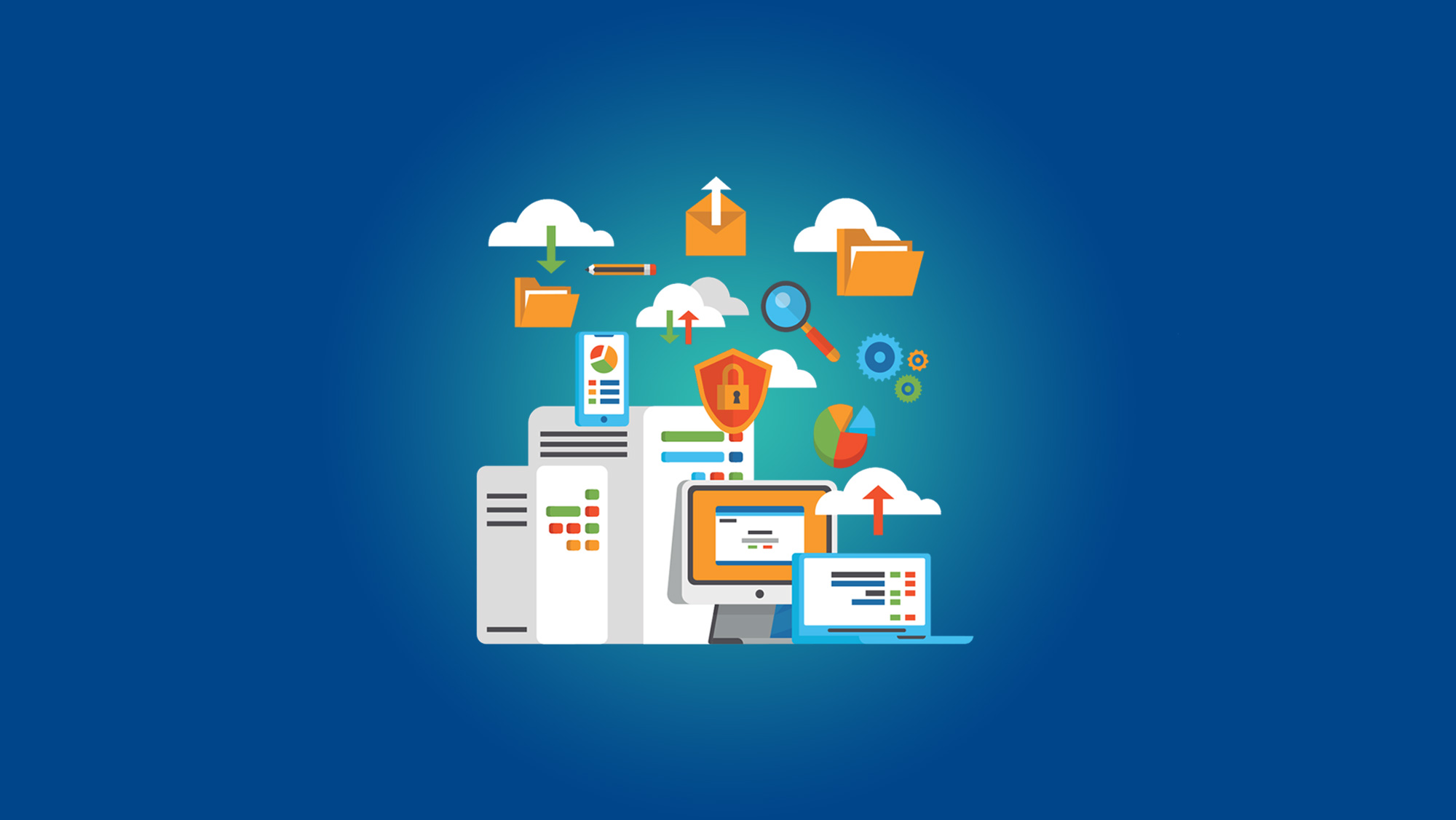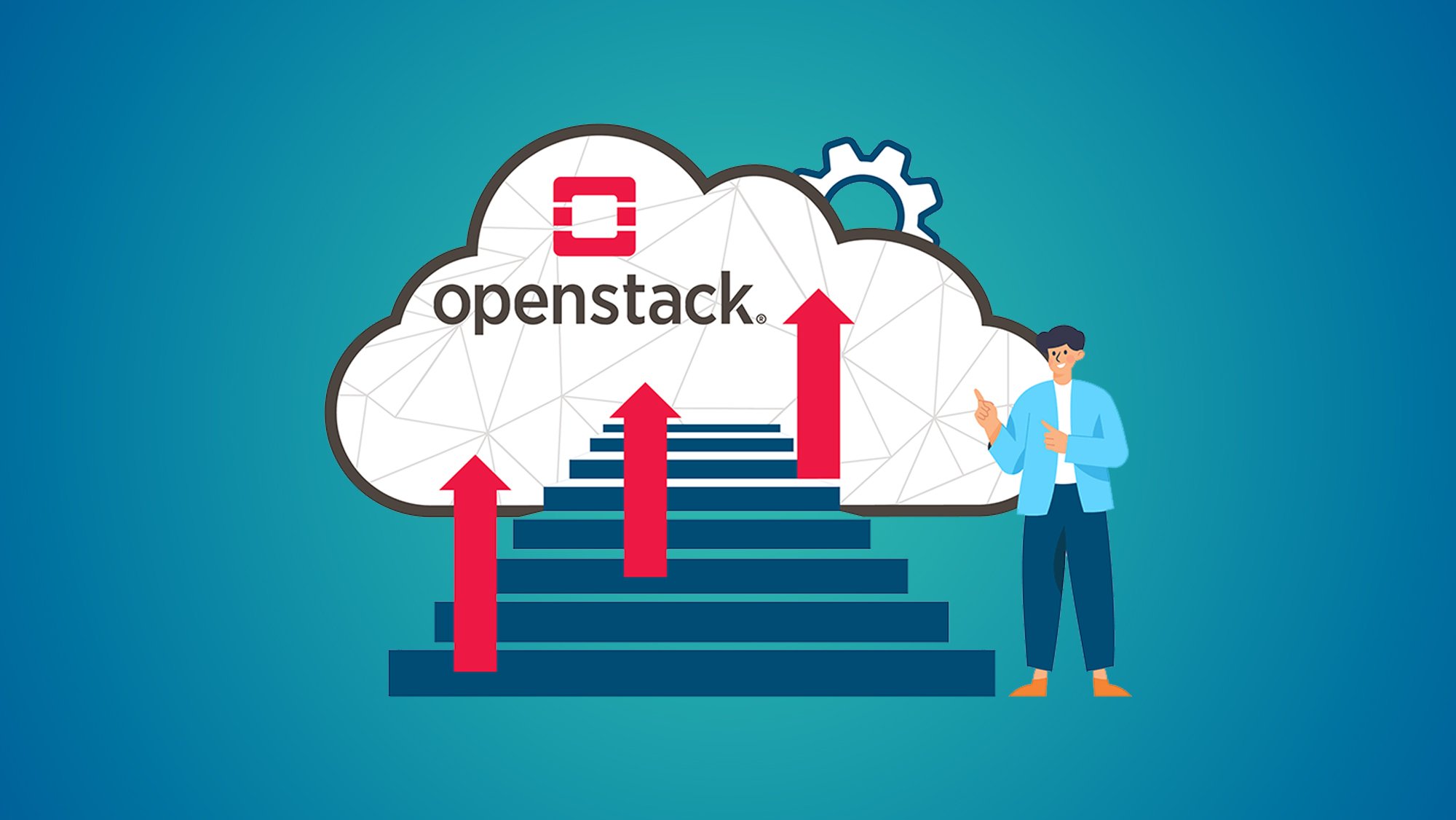Unlocking the Power of Obia: A Comprehensive Guide to Implementation
Introduction:
In today's data-driven business landscape, organizations are continually seeking ways to extract valuable insights from their data to drive informed decision-making. Oracle Business Intelligence Applications (OBIA) stands as a powerful solution to achieve this goal. OBIA offers a comprehensive suite of pre-built analytics applications that allow organizations to unlock the full potential of their data. In this comprehensive blog, we will delve into the world of OBIA, exploring its key features, benefits, and providing a step-by-step guide to successful implementation.
Understanding Oracle Business Intelligence Applications (OBIA)
What is OBIA?
Oracle Business Intelligence Applications (OBIA) is a suite of pre-packaged, ready-to-deploy analytical solutions designed to provide organizations with insights into various aspects of their business operations. OBIA leverages Oracle's robust technology stack and data integration capabilities to offer a comprehensive set of analytics and reporting tools tailored to specific industries and functional areas.
Key Features and Benefits of OBIA
- Pre-Built Analytics: OBIA provides pre-built dashboards, reports, and analytics designed to address specific business areas, such as finance, supply chain, human resources, and more.
- Rapid Implementation: OBIA's pre-built nature speeds up the implementation process, reducing deployment time and costs compared to building custom analytics solutions from scratch.
- Industry and Domain Expertise: OBIA offers domain-specific analytics for industries such as healthcare, retail, manufacturing, and more, enabling organizations to gain relevant insights.
- Data Integration: OBIA seamlessly integrates with various data sources, including Oracle and non-Oracle systems, ensuring a unified view of critical business data.
- Scalability: As part of the Oracle ecosystem, OBIA can scale to accommodate growing data volumes and evolving business needs.
A Comprehensive Guide to OBIA Implementation
1. Assess Business Requirements
Before embarking on an OBIA implementation, it's crucial to define your organization's specific requirements. Identify the key business areas, data sources, and analytical needs that OBIA will address.
2. Infrastructure Setup
Prepare the necessary infrastructure to host OBIA. Ensure that your hardware, software, and database environments meet the system requirements for OBIA deployment.
3. Data Integration
Integrate your source data with OBIA. This involves extracting data from various systems, transforming it to fit OBIA's data model, and loading it into the OBIA data warehouse.
4. Configure and Customize
Configure OBIA to align with your organization's requirements. This may involve customizing data mappings, metadata, security settings, and tailoring the analytics applications to your needs.
5. Data Warehouse Population
Populate the OBIA data warehouse with the integrated and transformed data. This step prepares the foundation for generating meaningful insights and reports.
6. Dashboard and Analytics Development
Leverage OBIA's pre-built analytics templates to develop dashboards, reports, and visualizations. Customize these assets to align with your organization's branding and specific analytical needs.
7. Testing and Validation
Thoroughly test the OBIA implementation to ensure data accuracy, dashboard functionality, and user experience. Validate that the insights generated match the expected outcomes.
8. User Training
Provide comprehensive training to end-users on how to navigate and utilize OBIA's analytics applications. Empower users to independently explore data and extract insights.
9. Deployment and Launch
Deploy the fully tested and validated OBIA solution to your production environment. Monitor its performance and address any issues that arise during the initial launch.
10. Ongoing Maintenance and Optimization
Continuously monitor and maintain your OBIA implementation. Regularly update data sources, refresh dashboards, and optimize performance to ensure the solution remains effective and aligned with changing business needs.
Unlocking the Full Potential of OBIA
OBIA's implementation unlocks a world of data-driven insights that empower organizations to make informed decisions. From financial analysis and supply chain optimization to customer segmentation and workforce analytics, OBIA covers a broad spectrum of business domains, transforming raw data into actionable intelligence.
Conclusion:
Oracle Business Intelligence Applications (OBIA) provides organizations with a powerful toolset to unlock the true potential of their data. By following a comprehensive implementation guide, businesses can leverage OBIA's pre-built analytics applications to gain insights that drive strategic decisions and fuel growth. With its rapid deployment, scalability, and domain expertise, OBIA is a valuable asset in the modern business landscape, empowering organizations to harness the power of data for a competitive advantage.
You May Also Like
These Related Stories

Master Oracle Fusion Cloud Technical: Essential Training for Success

Mastering OpenStack: Tips for Successful Deployment and Management




No Comments Yet
Let us know what you think